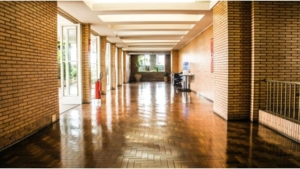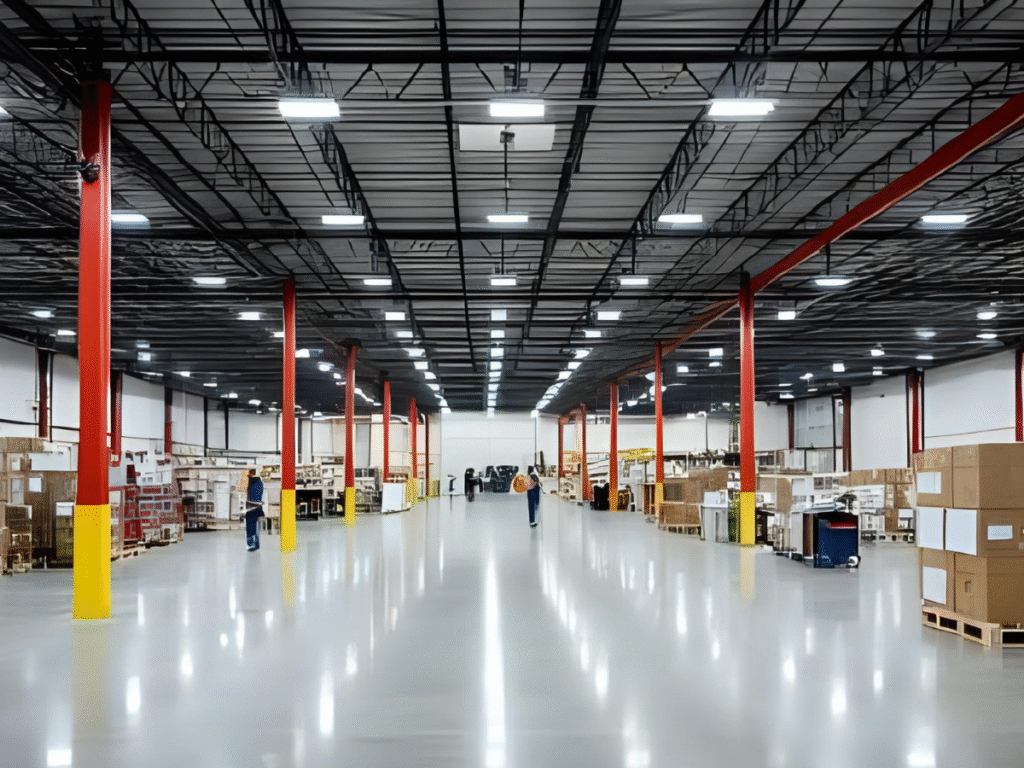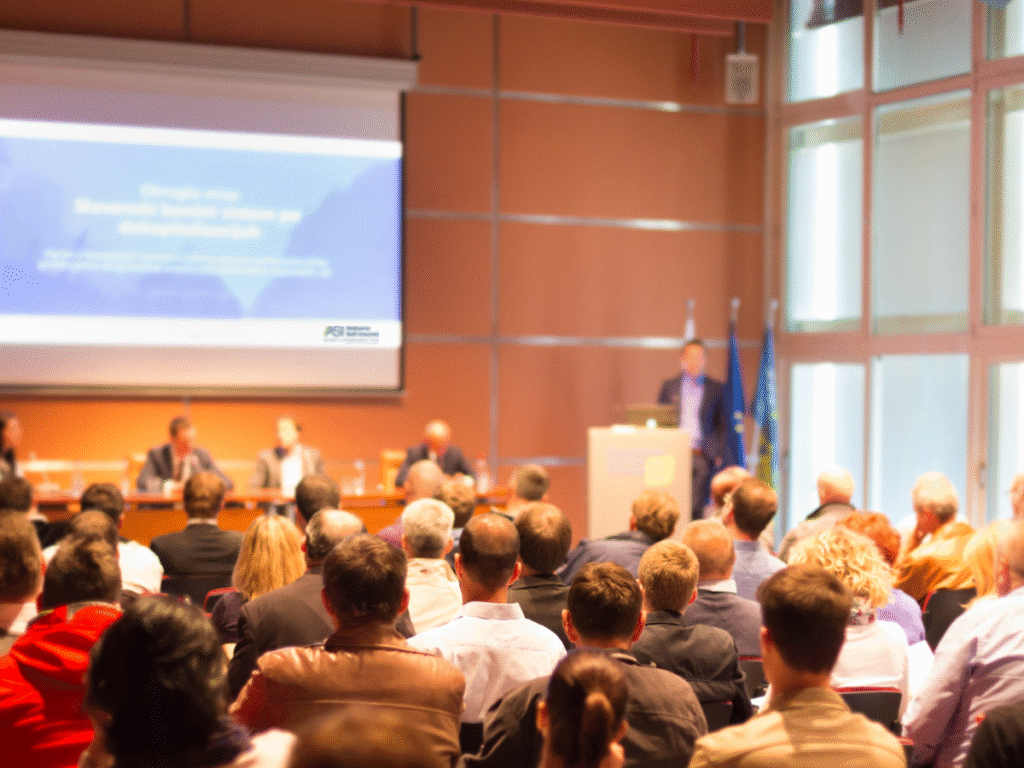When you think about workplace safety, what comes to mind? Heavy machinery? Chemical hazards? Fire safety protocols? While these are all important, one of the most common workplace hazards is much simpler: slips, trips, and falls.
According to OSHA, these incidents are among the leading causes of workplace injuries and deaths, costing employers billions annually in lost productivity, compensation claims, and legal fees. The good news? Most of these accidents are entirely preventable.
The Real Cost of Falls
The statistics are sobering. According to the U.S. Bureau of Labor Statistics:
- Slips, trips, and falls account for over 25% of all nonfatal workplace injuries
- They’re the second leading cause of fatal workplace incidents, after transportation accidents
- The average incident costs employers around $47,000
Beyond the financial impact, these injuries can result in sprains, fractures, concussions, or even long-term disability. For employers, the consequences include higher insurance premiums, lawsuits, and decreased team morale.
Understanding What Causes These Accidents
Slips, trips, and falls each have distinct causes:
A slip happens when there’s too little traction between a person’s foot and the walking surface—think wet floors or icy pavement.
A trip occurs when a foot strikes an object, causing a loss of balance—like exposed wiring, clutter, or uneven flooring.
A fall can result from either of these or from losing balance on stairs, ladders, or elevated surfaces.
What makes these hazards particularly dangerous is that they can occur in virtually any workplace, from offices and hospitals to warehouses and construction sites.
The Most Common Culprits
While some causes are industry-specific, these are the hazards you’ll find in most workplaces:
- Wet or oily surfaces
- Loose rugs or mats
- Uneven flooring or pavement
- Poor lighting
- Cluttered walkways
- Misplaced pallets
- Unsecured cables or wires
- Improper use of ladders or stools
- Missing signage for temporary hazards
How Employers Can Make a Difference
Keep It Clean
A clean workspace is a safe workspace. Implement daily cleaning routines and create a culture where spills are cleaned immediately. When spills happen, mark them with clear signage until they can be addressed.
 Invest in the Right Flooring
Invest in the Right Flooring
Choose non-slip materials for high-traffic or wet areas like kitchens and restrooms. Fix uneven surfaces, loose tiles, or damaged carpet as soon as they’re discovered—not when someone gets hurt.
Light the Way
Ensure all work areas, hallways, staircases, and outdoor paths are well-lit. Poor visibility is an invitation for accidents.
Manage Your Cables
Use cable management systems or floor covers to eliminate trip hazards. Those extension cords running across walkways? They’re accidents waiting to happen.
Add Safety Features
Install handrails on stairs, elevated platforms, and loading docks. These simple additions can prevent serious injuries.
Make Hazards Visible
Use clear signage to mark wet floors, low ceilings, uneven steps, or other temporary hazards. If you have a multilingual workforce, make sure your signs reflect that.
Provide the Right Tools
Supply non-slip mats, properly maintained ladders, and step stools where needed. Never let employees improvise with chairs or boxes.
Train Your Team
Make safety training part of onboarding and reinforce it regularly. Create a culture where employees feel comfortable reporting hazards without fear of criticism.
What Employees Can Do
Even with excellent safety protocols, personal awareness is crucial. Here’s how employees can protect themselves:
- Wear appropriate, non-slip footwear
- Stay focused while walking—put the phone away
- Report hazards immediately, from spills to damaged flooring
- Use ladders properly and never stand on chairs
- Keep walkways clear of personal items
- Always use handrails on stairs
- Slow down—most accidents happen when we’re rushing
Remember: safety isn’t just management’s responsibility. We all play a role in creating a safe workplace.
Success Story: Prevention That Works
In 2023, a mid-sized manufacturing company reduced its slip-and-fall incidents by 70% in just one year. How? They implemented non-slip flooring in high-risk zones, conducted monthly safety audits, and rewarded employees for proactively reporting hazards.
The result wasn’t just fewer injuries—it was improved morale and productivity across the board. When employees feel safe, everyone benefits.
The Bottom Line
Slips, trips, and falls may seem minor compared to other workplace hazards, but their impact is far-reaching. With intentional design, good housekeeping, proper equipment, and a culture that values safety, most of these incidents can be prevented.
Whether you’re a business owner, safety manager, or employee, remember this: fall prevention isn’t just about compliance. It’s about caring for the people who make your business run.
Ready to make your workplace safer? Start with one change today. Your team will thank you for it. Contact us today to learn how we can help!

